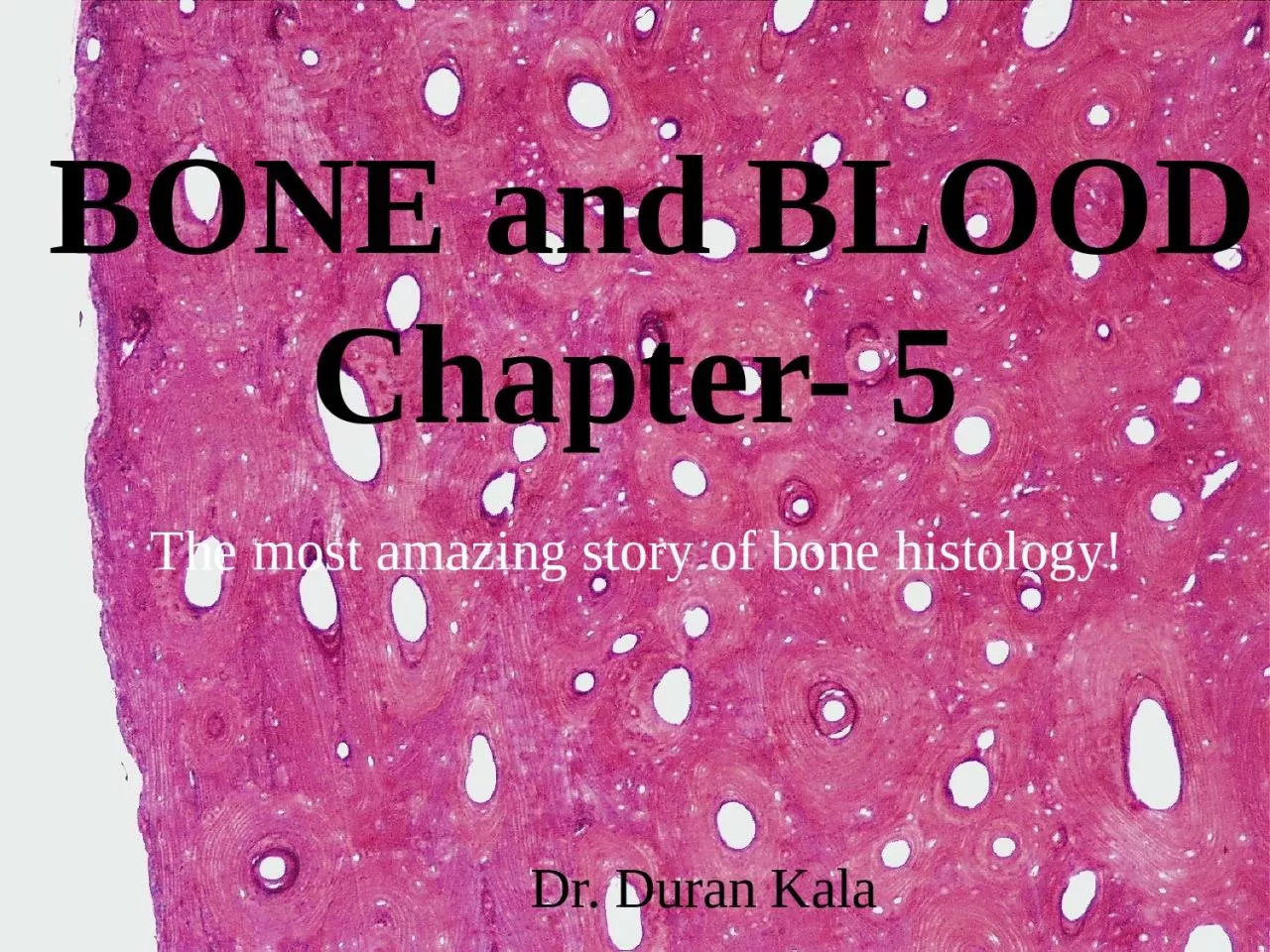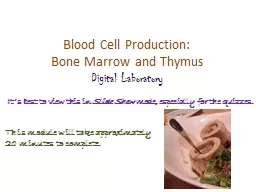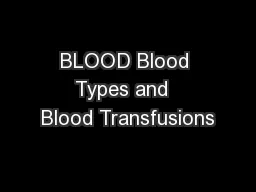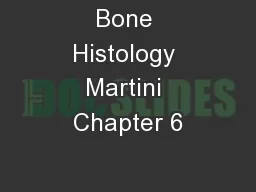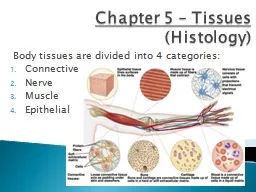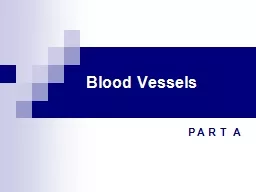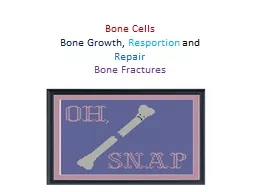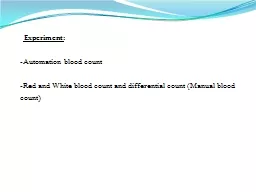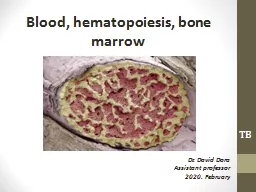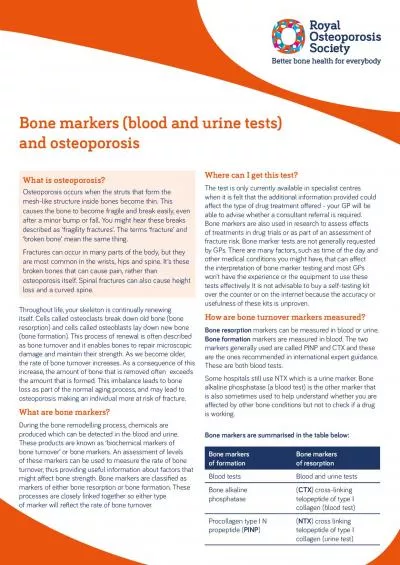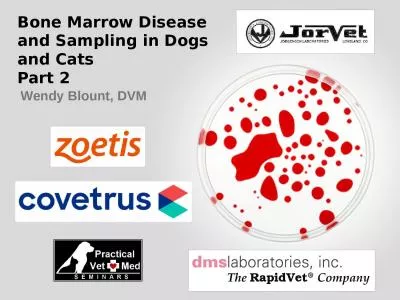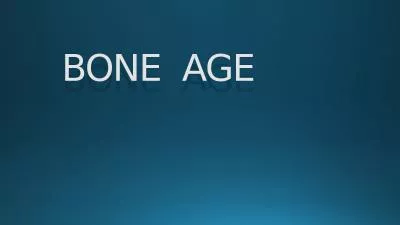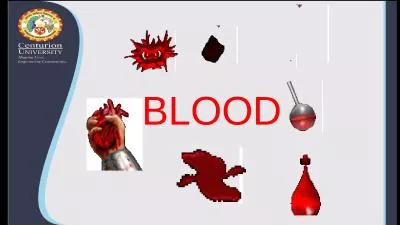PPT-BONE BONE and BLOOD Chapter- 5
Author : elizabeth | Published Date : 2024-01-29
The most amazing story of bone histology Dr Duran Kala Functions of Bone Supports soft tissue Protects vital organs cranium thoracic cavity Contains bone marrow
Presentation Embed Code
Download Presentation
Download Presentation The PPT/PDF document "BONE BONE and BLOOD Chapter- 5" is the property of its rightful owner. Permission is granted to download and print the materials on this website for personal, non-commercial use only, and to display it on your personal computer provided you do not modify the materials and that you retain all copyright notices contained in the materials. By downloading content from our website, you accept the terms of this agreement.
BONE BONE and BLOOD Chapter- 5: Transcript
Download Rules Of Document
"BONE BONE and BLOOD Chapter- 5"The content belongs to its owner. You may download and print it for personal use, without modification, and keep all copyright notices. By downloading, you agree to these terms.
Related Documents

